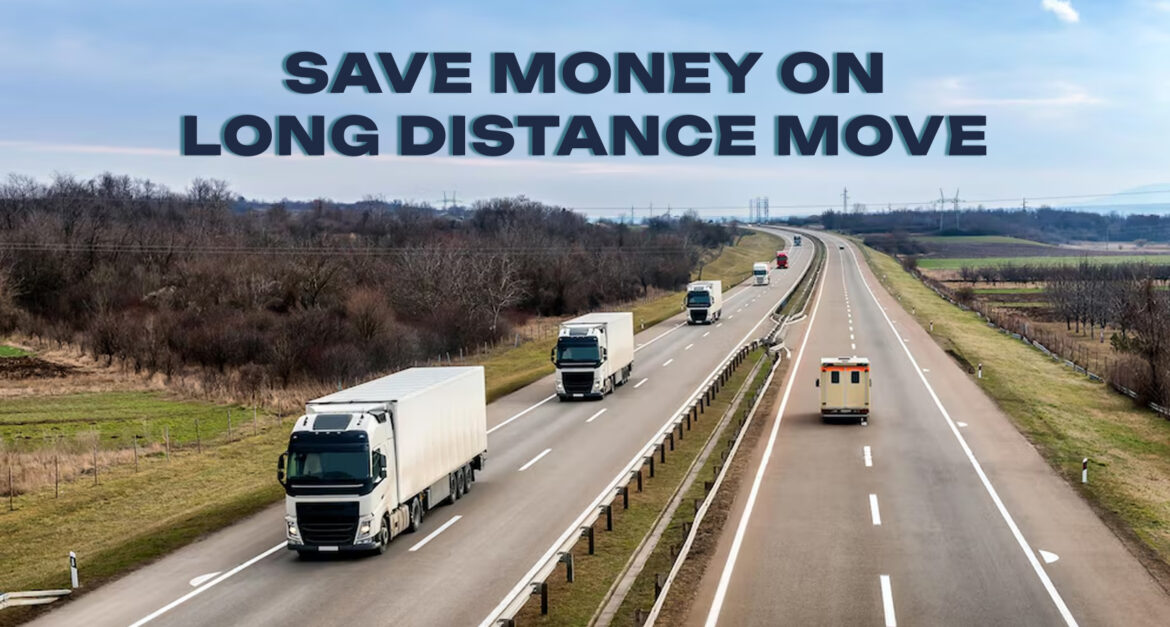
Long-distance moves can be both exciting and overwhelming, but when you’re on a budget, that complexity often increases. Between planning logistics, hiring movers, packing efficiently, and managing expenses, it’s easy to feel financially stretched. However, with the right approach, moving across the country or even across a few states doesn’t have to break the bank. In this detailed guide, we’ll help you understand the core elements of budget long distance moving, so you can make smart decisions without sacrificing peace of mind. Whether you’re a student relocating for school, a family moving for a new job, or someone seeking a fresh start, this blog outlines everything you need to know to save money without compromising safety and service quality.
Planning Ahead Is the Most Cost-Effective Strategy
When it comes to moving long distances on a budget, timing and planning are everything. Many of the expenses associated with relocation can be reduced, or avoided entirely, by being proactive. The sooner you start planning, the more control you’ll have over costs. Booking a moving company months in advance gives you access to early-bird pricing and allows time to compare quotes across providers.
Budget-conscious movers should create a detailed timeline of tasks, starting at least 8 weeks before the move. This includes getting quotes, researching moving companies, sorting and decluttering belongings, and making travel arrangements. In addition, try to schedule your move during the off-season. Summer is the busiest time for movers, and demand often drives up prices. Instead, opt for a mid-week, mid-month move between October and April if flexibility allows.
Tips to Plan Smartly:
- Book in advance: Most reputable moving companies offer lower rates for early reservations.
- Avoid peak seasons: Summer months and weekends are often more expensive.
- Use a moving checklist: This will help you avoid last-minute expenses due to poor planning or missed tasks.
- Research moving routes: Shorter or more efficient routes can reduce travel time and fuel costs.
Compare Moving Options Based on Budget and Needs
There’s no one-size-fits-all solution for budget long distance moving. Your choice of moving method will greatly influence your total cost. Understanding your options can help you pick the right one for your needs without overspending.
Types of Moving Services:
- Full-Service Movers: They handle everything, from packing and loading to transport and unloading. This is the most convenient but also the most expensive option.
- DIY Move with Rental Truck: You rent a truck, load your belongings, drive to your destination, and unload yourself. It’s labor-intensive but cost-effective.
- Moving Containers: These offer a balance between cost and convenience. The container is delivered to your home, you load it, and the company ships it to your new location.
- Freight Trailers: You pay for a portion of space in a large trailer and only pay for the area you use. It’s cheaper than hiring an entire truck.
| Moving Option | Estimated Cost | Pros | Cons |
|---|---|---|---|
| Full-Service Movers | $4,000 – $7,000 | Convenient, less stress | Most expensive |
| Rental Truck (DIY) | $1,200 – $2,500 | Lowest cost | Labor-intensive |
| Moving Container | $2,000 – $4,000 | Mid-range cost | You handle labor |
| Freight Trailer | $2,000 – $3,500 | Pay for space used | Shared transport |




